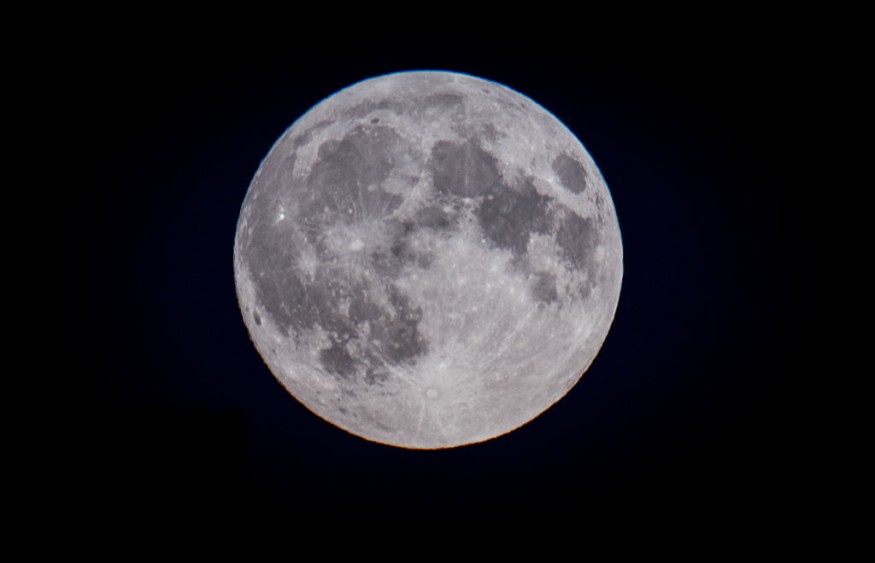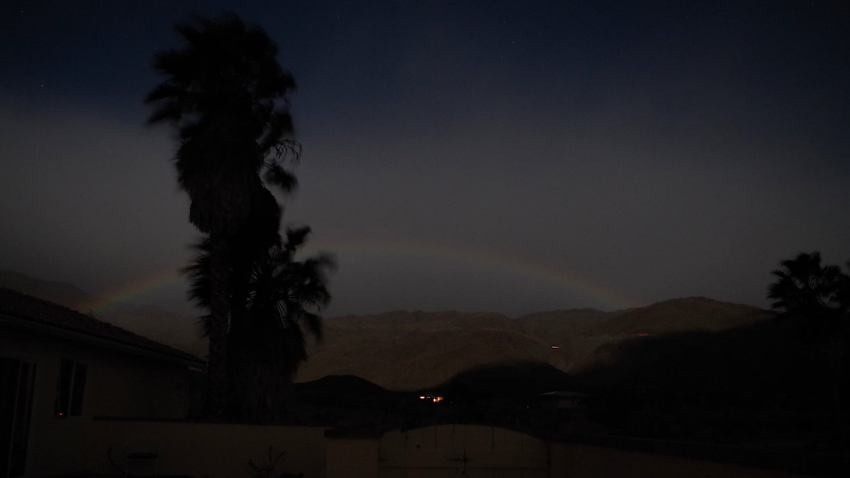St. Patrick's Day is celebrated worldwide on March 17, and if the weather cooperates, the moon can assist produce a heavenly rainbow to finish off the Irish festival.
Rainbows During St. Patrick's Day
Rainbows may be seen at any time of the year, but they are mainly linked with St. Patrick's Day. When light strikes water droplets in the air, a multicolored arc forms in the sky. The droplets work as a prism, scattering the light into a rainbow's worth of hues.
Rainbows are usually observed during the day, but when the weather is ideal, the light from a full moon may produce rainbows at night, a phenomenon known as a moonbow.
On a clear night near a waterfall, the greatest place to see a moonbow is near a waterfall. The clear weather prevents clouds from blocking the moon's light, while the mist from the waterfall provides the water droplets required for a rainbow to occur.
Last Full Moon of Winter
The full moon on Thursday night will be the last full moon of astronomical winter, with spring beginning in the Northern Hemisphere on Sunday, March 20 at 11:33 a.m. EDT.
Every full moon has various nicknames, and the most famous one for the full moon in March has something to do with the month's changeable weather.
Worm Moon

The Earth begins to thaw as warmer spring air comes in locations with a long, cold winter. Because of the shift in the soil, earthworms may wiggle once more. The full moon in March is known as the Worm Moon.
According to the Old Farmer's Almanac, the full moon in March is also known as the Wind Strong Moon, the Sugar Moon, the Edge Moon, and the Goose Moon.
The Worm Moon will rise in the East around sunset on Thursday, March 17, and slowly make its way across the sky as the night passes, ultimately setting in the West before daybreak on Friday, March 18.
Outside, anyone watching the moonrise may also look to the south to view Sirius, the brightest star in the night sky, and Orion, one of the most well-known constellations.
Moonbow

After a thunderstorm, most of us have seen rainbows or even double rainbows lighting the hazy sky, but chances are you haven't seen a moonbow.
Lunar rainbows, also known as moonbows, create in the same manner as "ROY G. BIV" rainbows do in school, except that the light originates from the moon. Location is everything when it comes to rainbows and moonbows. The moon may create rainbows if the reflected light is brilliant enough and there is enough moisture at the proper place in the atmosphere.
Moonbows can only develop when the moon is almost complete, which must be approximately full. The planet's natural satellite does not produce nearly as much light as the sun, even at full moon.
Visible Formations
Orion and Sirius will be visible after dusk before gradually disappearing from the night sky for the next few weeks. These celestial objects are in the same area of the sky as the sun during the summer months, making them hard to view from Earth.
The two, Orion and Sirius, will reappear in the pre-dawn sky as the Earth rotates around the sun, returning to the pre-dawn sky around the start of September.
Related Article : Rare Lunar Rainbow Caught on Camera over California Desert
For more astrological news, don't forget to follow Nature World News!
© 2025 NatureWorldNews.com All rights reserved. Do not reproduce without permission.





